American nations
Table of Contents
The July 4, America celebrates independence from Great Britain. During that time, the United States was split into 13 separate colonies, which later developed and extended into the 50 U.S. states we have nowadays.
But America isn’t only made up of 50 states. It may also be a nation composed of many tribes. This can be used as a basis for the cultural divisions of America into regions.
To date, many attempts have been made to identify cultural regions in North America. Here is some of them
North America’s nations visualized by Joel Garreau
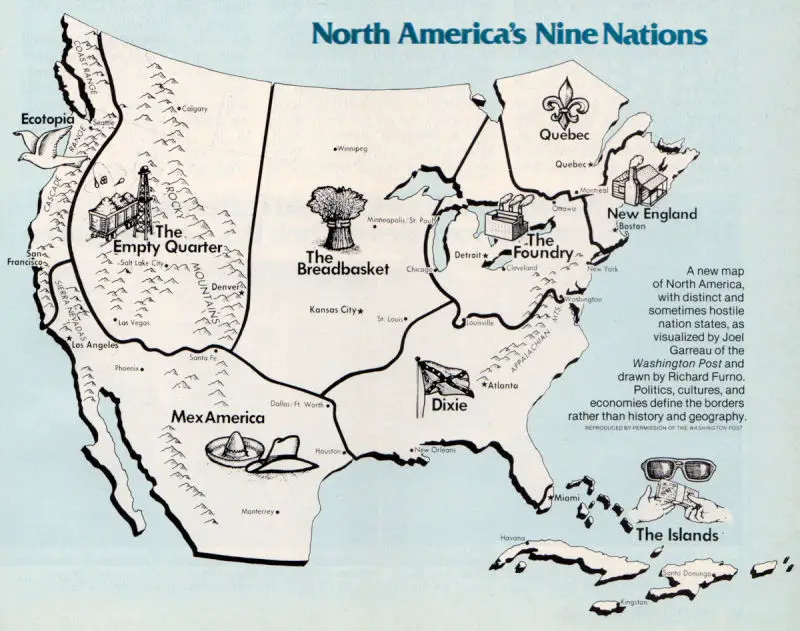
In the beginning 1980s, Washington Post editor Joel Garreau described the 9 distinct Americas he and his fellow reporters saw when they looked at a map of North America.
Joel Garreau wrote in 1981:
I’m going to try to explain how the continent is really working right now, not as if it were 3 nations – the U.S., Canada, and Mexico; not as if it were 50 states; not as it should work, as an academic might have it; but how it is really working and how best to understand how we will be moving into the 21st century as a result.
The country has been arguing about a lot of fundamental things lately, including state roles and individual liberty, but to have any productive conversation on these issues, you need to know where you come from.
Joel Garreau
Joel Garreau used politics, cultures, and economies to define the borders rather than history and geography. He thought of North America as distinguished regions, from the nation of Ecotopia in the northwest, including the coastal areas of Northern California, Oregon, Washington state and British Columbia, with San Francisco as its capital to the nation of Dixie in the south, clustered around the capital city of Atlanta.
The American Nation by Colin Woodard
According to award-winning author Colin Woodard, who writes in his book American Nations: A History of the Eleven Rival Regional Cultures in North America, 11 distinguished cultures have historically split North America (Canada is added in his comprehensive analysis): Yankeedom, New Netherland, The Midlands, Tidewater, Greater Appalachia, Deep South, El Norte, The Left Coast, The Far West, New France, and First Nation.
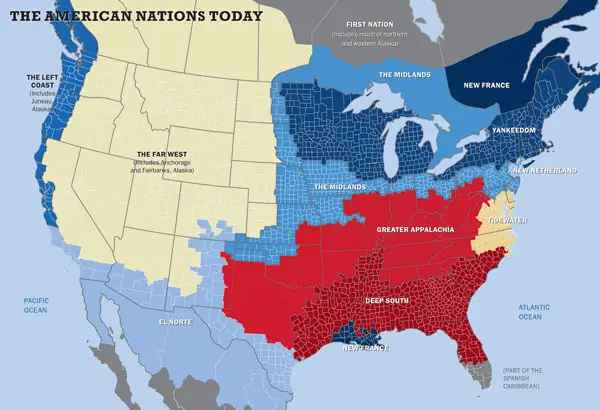
Yankeedom
Encompassing the entire Northeast north of New York City and spreading through Michigan, Wisconsin, and Minnesota, Yankeedom values education, intellectual achievement, communal empowerment, and citizen participation in government as a shield against tyranny. Yankees are satisfied with government regulation. Woodard notes that Yankees have a “Utopian streak.” Radical Calvinists settled the area.
New Netherland
A highly commercial culture, New Netherland is “materialistic, with a profound tolerance for ethnic and religious diversity and an unflinching commitment to the freedom of inquiry and conscience,” according to Woodard. It is a natural ally with Yankeedom and encompasses New York City and northern New Jersey. The Dutch settled the area.
The Midlands
Settled by English Quakers, The Midlands are a welcoming middle-class society that spawned the culture of the “American Heartland.” Political opinion is moderate, and government regulation is frowned upon. Woodard calls the ethnically diverse Midlands “America’s great swing region.” Within the Midlands are parts of New Jersey, Pennsylvania, Ohio, Indiana, Illinois, Missouri, Iowa, Kansas, and Nebraska.
Tidewater
The young English gentry built Tidewater in the area around the Chesapeake Bay and North Carolina. Starting as a feudal society that embraced slavery, the region places a high value on respect for authority and tradition. Woodard notes that Tidewater is in decline, partly because “it has been eaten away by the expanding federal halos around D.C. and Norfolk.”
Greater Appalachia
Colonized by settlers from the war-ravaged borderlands of Northern Ireland, northern England, and the Scottish lowlands, Greater Appalachia is stereotyped as the land of hillbillies and rednecks. Woodard says Appalachia values personal sovereignty and individual liberty and is “intensely suspicious of lowland aristocrats and Yankee social engineers alike.” It sides with the Deep South to counter the influence of the federal government. Within Greater Appalachia is parts of Kentucky, Tennessee, West Virginia, Arkansas, Missouri, Oklahoma, Indiana, Illinois, and Texas.
Deep South
The Deep South was established by English slave lords from Barbados and was styled as a West Indies-style slave society, Woodard notes. It has a very rigid social structure and fights against government regulation that threatens individual liberty. Alabama, Florida, Mississippi, Texas, Georgia, and South Carolina are all part of the Deep South.
El Norte
Composed of the borderlands of the Spanish-American empire, El Norte is “a place apart” from the rest of America, according to Woodard. Hispanic culture dominates in the area, and the region values independence, self-sufficiency, and hard work above all else. Parts of Texas, Arizona, New Mexico, and California are in El Norte.
The Left Coast
Colonized by New Englanders and Appalachian Midwesterners, the Left Coast is a hybrid of “Yankee utopianism and Appalachian self-expression and exploration,” Woodard says, adding that it is the staunchest ally of Yankeedom. Coastal California, Oregon, and Washington are on the Left Coast.
The Far West
The conservative west. Developed through large investment in industry, yet where inhabitants continue to “resent” the Eastern interests that initially controlled that investment. Among Far West states are Idaho, Montana, Wyoming, Utah, Washington, Oregon, North Dakota, South Dakota, Colorado, Nevada, Utah, Nebraska, Kansas, Arizona, New Mexico, and California.
New France
A pocket of liberalism nestled in the Deep South, its people, are consensus-driven, tolerant, and comfortable with government involvement in the economy. Woodard says New France is among the most liberal places in North America. New France has focused around New Orleans in Louisiana as well as the Canadian province of Quebec.
First Nation
Made up of Native Americans, the First Nation’s members enjoy tribal sovereignty in the U.S. Woodard says the territory of the First Nations is enormous. Still, its population is under 300 thousand, most of whose people live in Canada’s northern reaches.
But the basis of such a division can also be based on the political predilections of people. Below is an example of dividing the United States based on how people voted in an election.
American Nations Applied to the 2016 Election





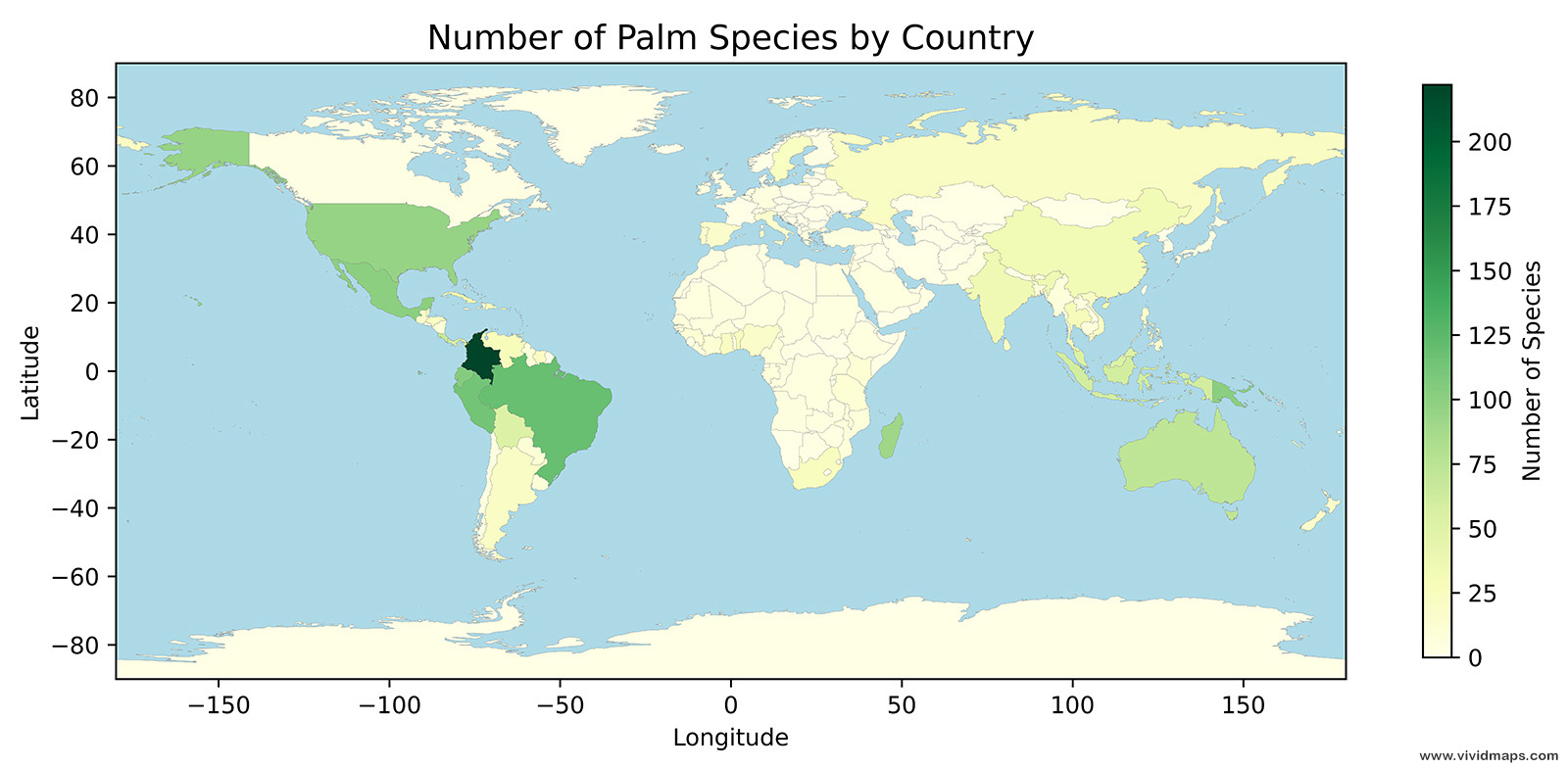

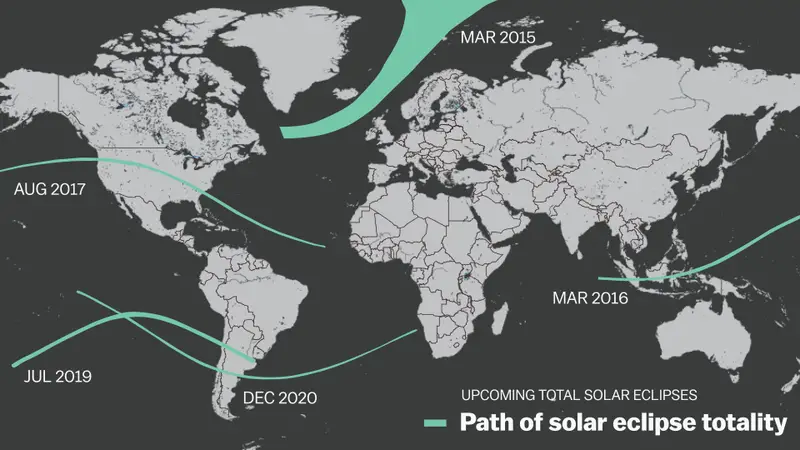

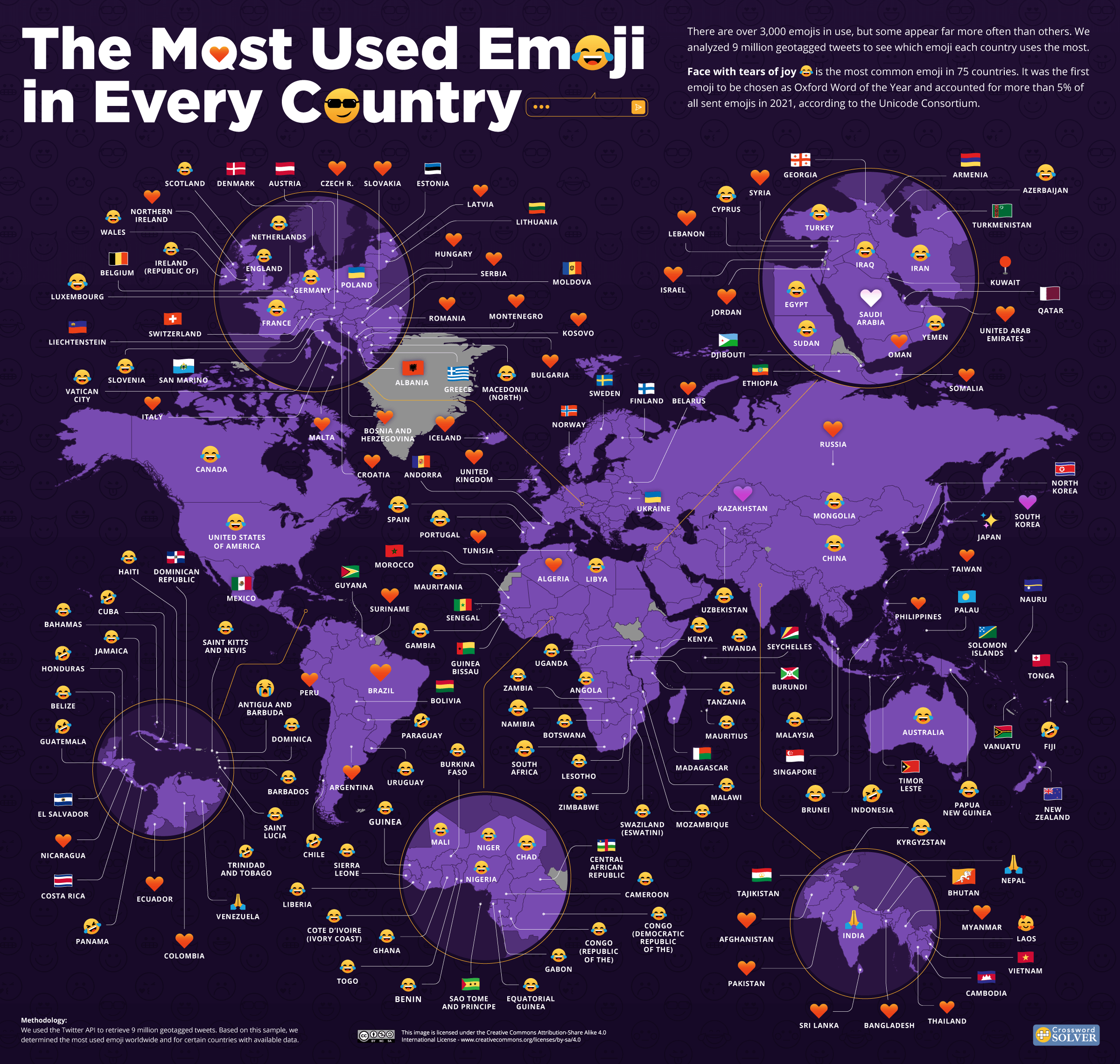
The opposition between El Norte and Greater Appalachia is something I have often noticed in studying US elections over the past century.
It has undoubtedly shaped the “bellwether” status of New Mexico, which has only voted for the candidate losing the popular vote once (in 1976), and one can see it in the extreme partisanship of Texas counties. I have calculated that the longest constant run in the Republican Top 100 is by Ochiltree County in the far north – top 100 Republican every year election 1968 – and the longest Democratic Top 100 run is by Jim Hogg and Starr Counties in the far south, which have been in the Democratic Top 100 continuously since 1948.
Also revealing about the inherent opposition of these two nations is the contrasting fortunes of two landslide presidential losers:
— Alf Landon (Greater Appalachia, Republican, 1936) thrashed in the southwest
— Barry Goldwater (El Norte, Republican, 1964) thrashed in Appalachia, losing many counties no other Republican has ever lost
Even Carter and Reagan in 1980 reveal this contrast – and the contrast with 2016 is striking. In 1980 Greater Appalachia was or nearly was the most Democratic nation – in 2016 it is the most Republican.